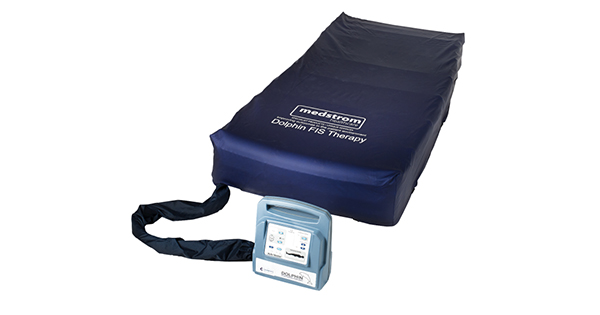Aims: To determine whether an advanced wound dressing technology can deliver measurable care benefits and reduce costs in a leg ulcer clinic. This pilot study was carried out as an industry/NHS collaboration. Methods: The existing caseload was assessed and tracked for 16 weeks under the clinic’s existing ‘standard care’ regimens. After this run-in period, patients with static or deteriorating wounds were switched to treatment with advanced wound dressings (Oxyzyme™ for non-infected wounds and Iodozyme™ for infected wounds). Wounds assessed as improving were continued with their current treatment. Progress was tracked for a further 20 weeks. Results: Of the 26 wounds being supervised, 11 leg ulcer wounds (nine patients) were treated with Oxyzyme or Iodozyme. After 12 weeks, four of these (36%) had healed and the remaining seven (64%) were continuing to improve. After 20 weeks with Oxyzyme™ or Iodozyme™, six wounds had healed and four continued to show improvement (the remaining wound was withdrawn at week 13). Conclusions: Although more expensive than ‘standard’ dressings, the modern dressings were more cost-effective in the long term. Conflict of interest: The study was supported by Archimed.






